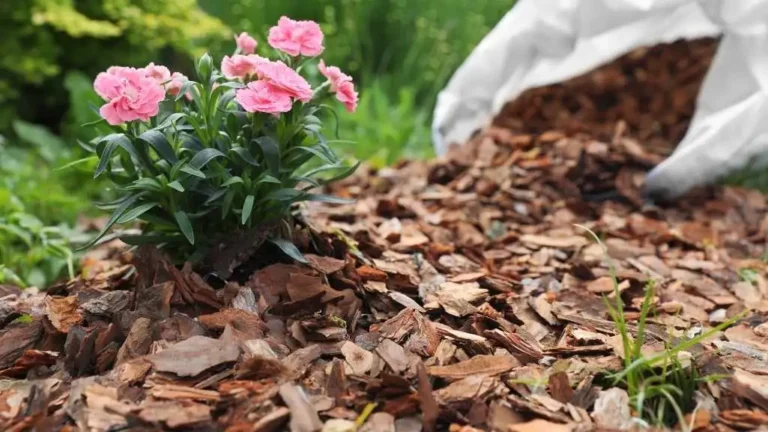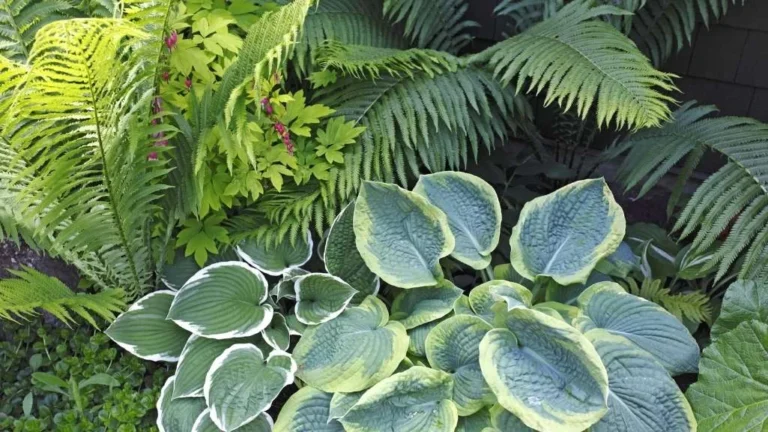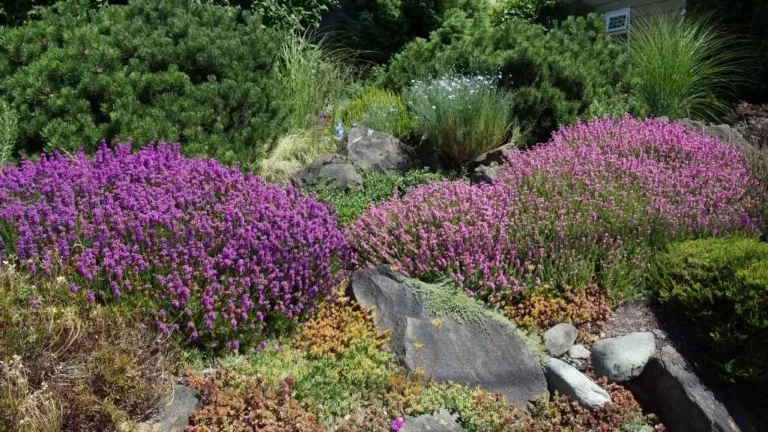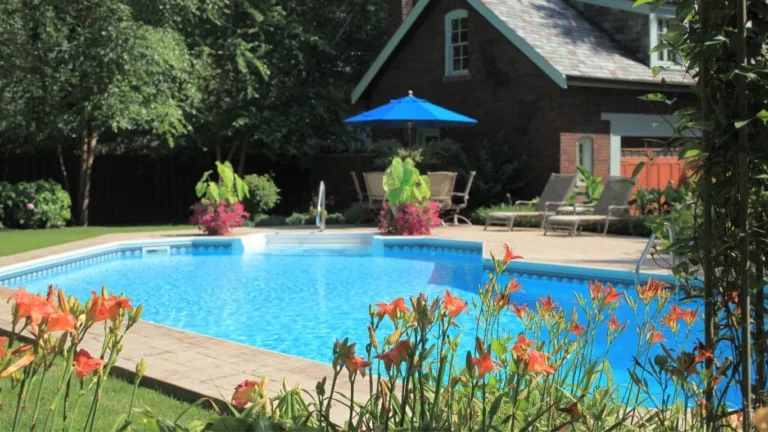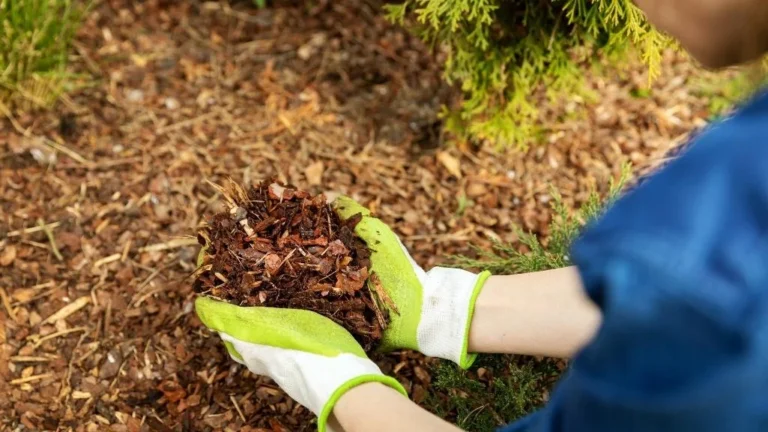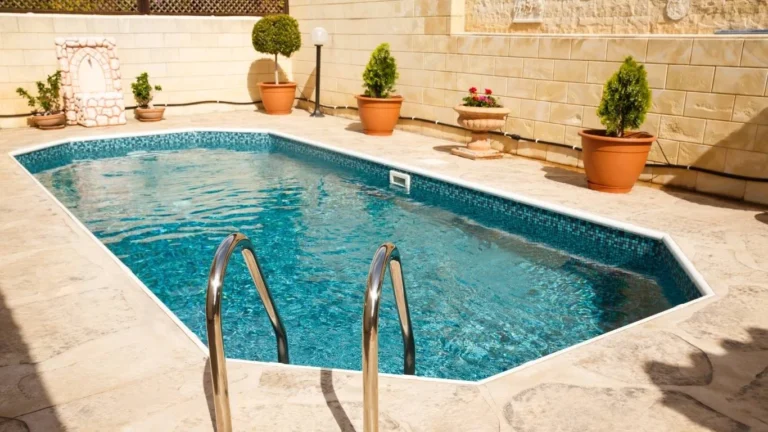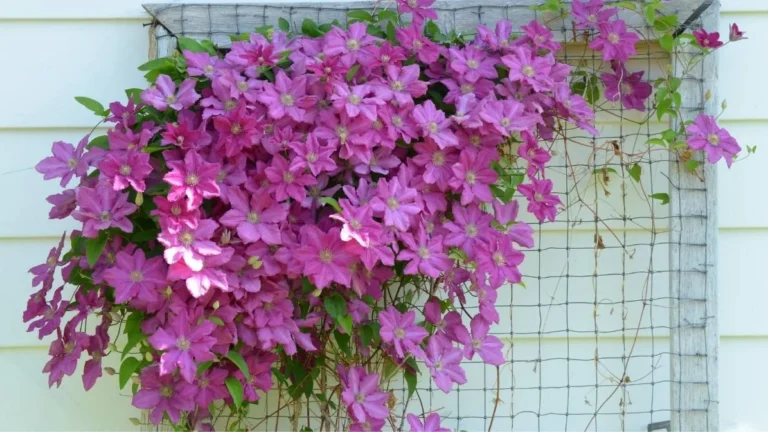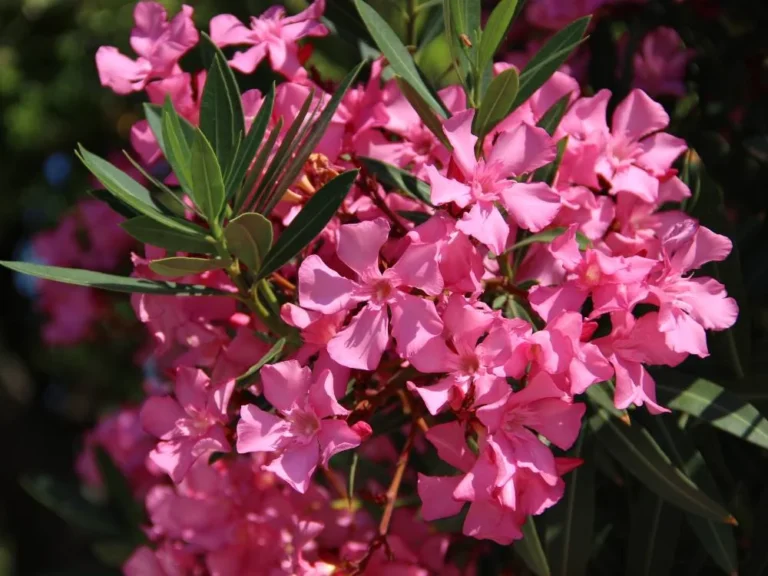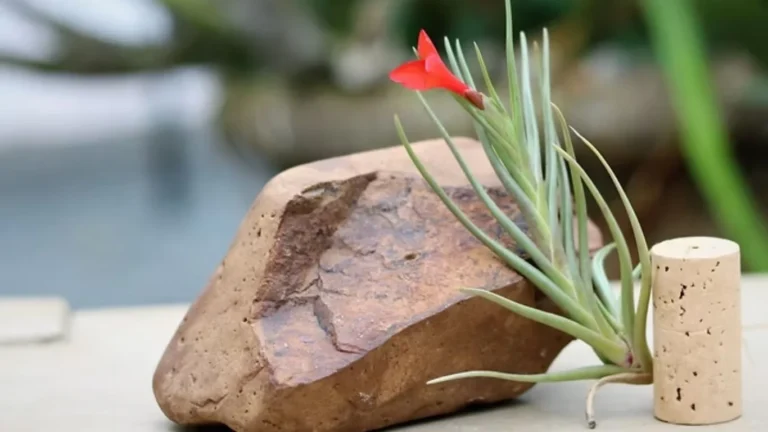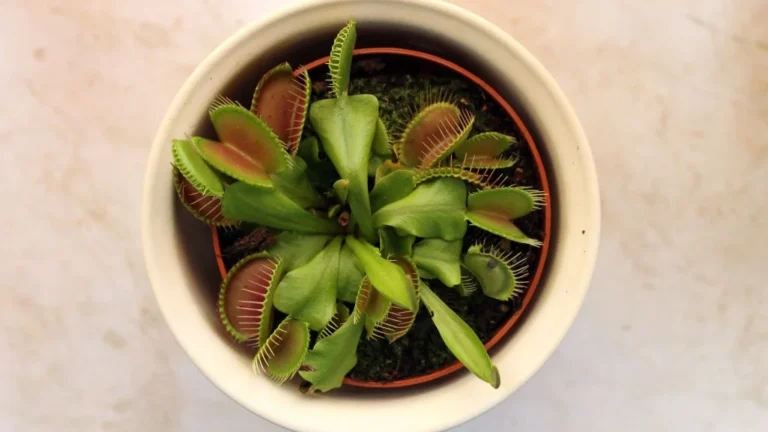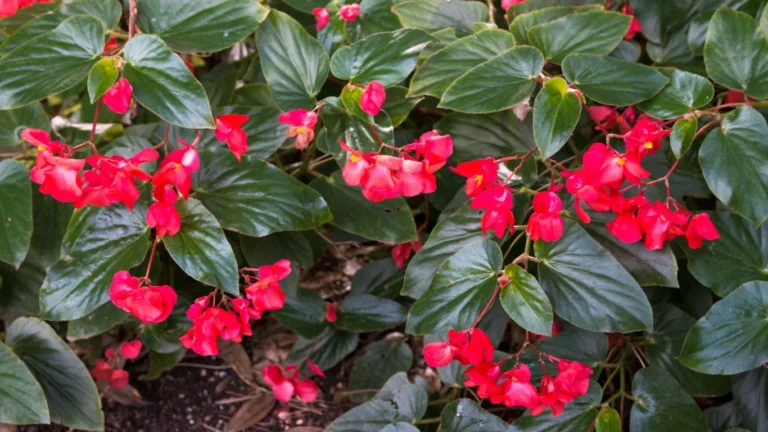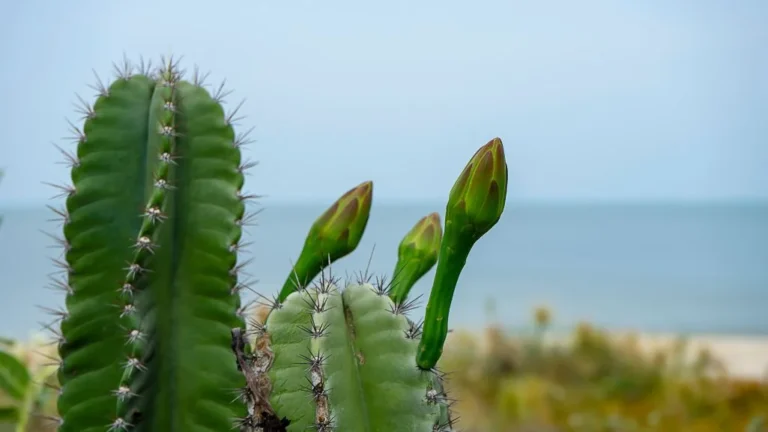Philodendron, At a Glance
Scientific name | Philodendron |
Family | Araceae |
Plant Type | Perennial |
Native | Central and South America, Caribbean |
Hardiness Zone | USDA zones 9-11 |
Caution: The philodendron plant is toxic to pets and children.
How It Looks
Leaves
Philodendrons have glossy leaves that vary in shape from heart-shaped to oval like philodendron heartleaf and philodendron micans or deeply lobed like philodendron xanadu, and they come in shades of green, with some featuring variegated patterns of green and white, yellow, or red.
Stem
Their stems are usually smooth and can be green or reddish-brown, sometimes developing aerial roots. Philodendrons grow differently; some trail-like vines like Philodendron Brasil, while others stand upright like bushes like the pink princess philodendron.
Height & Flower
They come in various sizes suitable for different spaces. While mostly grown for their foliage, some philodendron species have inconspicuous flowers on a spadix surrounded by a spathe.
Types of Philodendron
There are about 480 species of philodendron. Some of the most common philodendrons are heartleaf philodendron, split-leaf philodendron, philodendron micans, lacy tree philodendron, brasil philodendron, philodendron xanadu, red emerald philodendron, philodendron majesty, moonlight philodendron, florida ghost, philodendron burle marx, congo rojo philodendron, philodendron pink princess, and silver sword philodendron.
Philodendron’s Requirement
Requirements for philodendron at a glance
Elements | Requirement |
Sunlight | Medium to bright indirect light |
Temperature | 65°F to 85°F |
Humidity | 60-70% |
Soil pH | 5.0 and 6.0 |
Soil mixture | Moist as well as easy-to-dry |
Container | Ensure drainage holes |
Water | When the top layer of the soil gets dried out |
Fertilizer | Once a month during summer and spring |
Note: Soil pH level indicates how acidic or neutral the soil is. On a scale of 1 to 10, 7 indicates neutral. A pH value of less than 7 means more acidity and a pH of more than 7 indicates more basicity. Philodendron plant plant requires acidic soil.
Mix the Soil Properly
Philodendron requires a well-drained, easy-to-dry, and moist potting mix. An ideal soil mixture contains potting soil, perlite or vermiculite, which helps the soil to dry out quickly, and coconut coir or moss, which will retain some moisture in the soil. Otherwise, one can go for a premade potting mix labeled as indoor or potting mix for tropical plants.
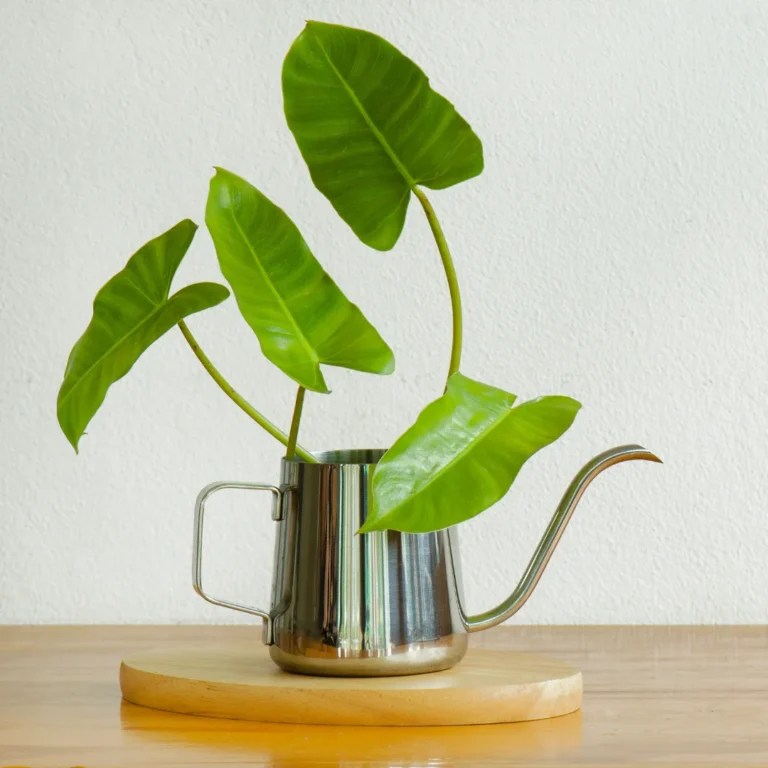
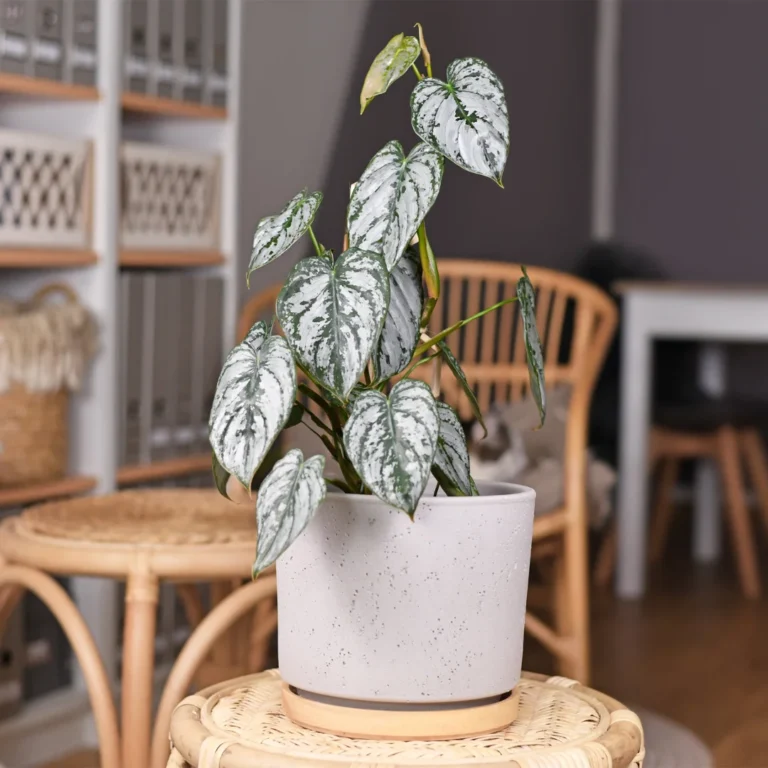
Choose the Right Container
Philodendron is a fast-growing plant. So, choose a container at least 2-3 inches bigger than its current root system or container size. Ensure the planter has drainage holes under it; otherwise, waterlogging may happen, which can kill the plant. Now comes the material of the container. This plant is quite adaptive and can be kept in any container, including plastic, ceramic, terracotta, or fabric. Plastic containers are lightweight and retain moisture well, while ceramic and terracotta containers are more porous and allow for better airflow to the roots. Remember that when the plant is kept in ceramic and terracotta, it requires more frequent watering than plastic pots. I recommend putting the plant in a plastic nursery pot and then placing it in a nice decorative pot.
How Much Sunlight Philodendron Needs
Philodendrons can survive in any light condition, from low to bright. But to make the plant thrive, put it in a place with bright, indirect sunlight. As most philodendrons have variegated leaves, bright light helps enhance the variegation color. The plant may lose its variegation in low light conditions, and in medium light, variegation is less. I have put my philodendron beside a window with bright indirect light throughout the day and 2 hours of direct sunlight in the morning. I recommend using a grow light for philodendrons in low-light areas.
When & How to Water
The Philodendron plant is a tropical plant with moist soil and high humidity. For the philodendron to thrive, the tropical environment should be mimicked. Maintaining moist but not soggy soil is essential. So, water the plant when the top layer of the soil gets dry. Use a moisture meter or do a finger dip test to check the soil moisture. In the case of the finger dip test, if the soil doesn’t stick to the finger, water the plant. While watering, ensure that every part of the soil absorbs water. Keep pouring water until water comes out of the drainage holes. Philodendron plant requires 60-70% of humidity. To maintain humidity, introduce a humidifier or spray the leaves with water once or twice a week.
Fertilizer for Philodendron
Philodendron is a lighter feeder than other houseplants. Fertilizing once a month in its growing period (spring and summer) is enough. A balanced, water-soluble nitrogen-based fertilizer works best for this plant. Half the dose is written on the instructions. Avoid putting fertilizer in the plant’s dormant period, winter and fall.
When & How to Repot
Usually, philodendron requires repotting every 1-2 years. The plant should be repotted when the roots become visible from the top of the soil or the plant’s growth has become stuck. While repotting, gently remove the plant from the existing container with soil. Inspect the roots for rot or fungal diseases before putting the plant in a new container. Remove some old soil gently and put it in the new container. Fill the container with a new potting mix. Pour an optimal amount of water immediately after repotting (pour till the water comes out of the drainage hole). After repotting, keep the plant in a stable environment where it gets enough light.
Prune to Thrive
Pruning encourages growth for philodendron plants. Firstly, prune any dead/brown/dried/infected leaves. Then, prune stems, which will accelerate the development of new stems. Without pruning for a long time, the plant becomes leggy, and the leaves’ size decreases gradually.
Protect Philodendrone from Pests
Philodendrons can be susceptible to pests like spider mites, aphids, mealybugs, and scale insects. Inspect your plant regularly for signs of pests and treat infestations promptly with insecticidal soap or neem oil.
Dealing with Other Common Issues
- Leaf yellowing can indicate overwatering, underwatering, root rot, or nutrition deficiency. If the leaves from the bottom are getting yellow, it’s a reason for underwater, and when the young leaves become yellow, it’s a sign of overwatering. Fix the watering routine and check the soil also. If the soil is smelly and soggy, it may be a sign of root rot. In that case, immediately repotting and cutting off all rotten, brown, and mushy roots. Lastly, if the watering routine and roots are okay, then it’s a case of nutrition deficiency. In that case, provide the plant with a nitrogen-based water-soluble fertilizer.
- Leaves getting soft and curly are signs of underwatering.
- Brown edges are a sign of watering sunburn or less humidity. Avoid keeping the plant under direct sunlight; set up a humidifier if the environment is less humid.
- Small leaves and stunted and leggy growth are signs of less light and nutrition deficiency. Keep the plant where it gets 4-6 hours of bright indirect sunlight and provide fertilization from time to time.
- Keeping the plant outside when the temperature is below 50 degrees Fahrenheit may give signs like leaf yellowing and edge browning.
Propagation Process of Philodendron
Philodendron propagation is similar to pothos propagation. This plant can be propagated by stem cutting, soil layering, and division.

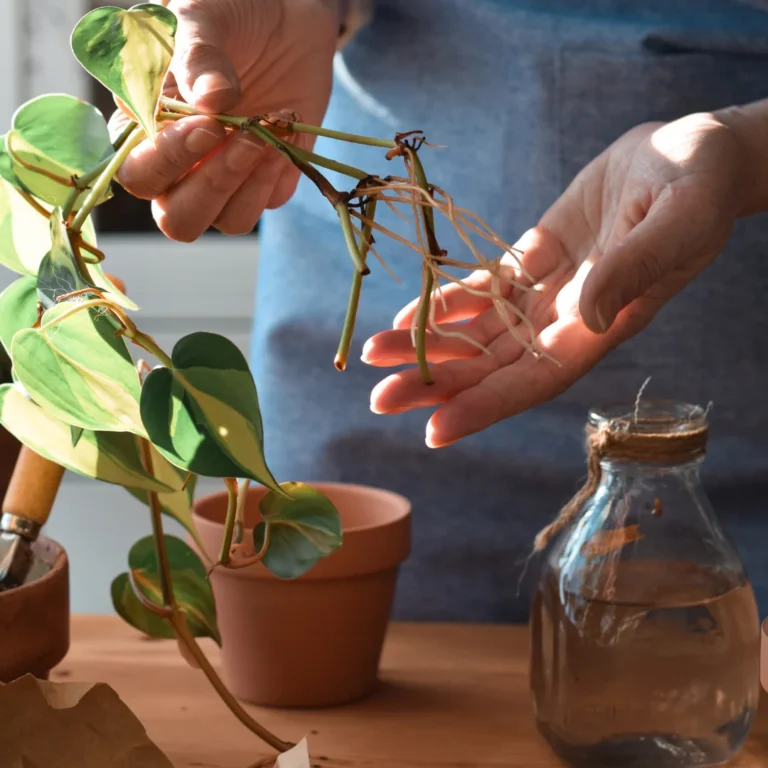

Stem cutting
- First, choose a healthy mother plant that has no problem with it.
- Cut a stem with 4-5 nodes (place from where leaves and aerial roots emerge) on it with a sterilized blade or knife.
- Remove the leaves from the lower portion of the cutting, keeping 2-3 leaves on the top, or cut the stem between nodes.
- Dip the cutting in the rooting hormone, accelerating the rooting process.
- Then, put the cutting into a container filled with fresh room-temperature water.
- The cuttings can also be placed in coco-peat.
- Keep the jar in a bright place and change the water every 7-10 days. If the cutting has been placed in coco peat, keep the soil moist consistently.
- Once the new root grows 2-3 inches, place it in the soil.
Soil layering
- Choose a healthy stem
- Select a node and remove leaves around that node.
- Make a 2-to-3-inch indentation in your existing container, then place the selected node in that space while connecting the mother plant.
- Cover the node with soil.
- Within a few weeks, you will find new roots are coming out.
- When the roots mature, you can cut the stem from the mother plant and pot the new plant in a new container.
By division
Some philodendrons grow like vines, and some grow like trees. The two methods mentioned above are mainly used for vine/crawling philodendrons. For tree-shaped philodendrons, propagation is done by division.
- Select a healthy, mature philodendron plant that has multiple stems or shoots visible.
- Gently remove the philodendron from its pot and shake off excess soil to expose the root system.
- Use a sterilized, sharp knife or a pair of scissors to divide the plant into sections, ensuring each section has its roots and stems.
- How to plant each division in a well-drained, moist potting mix and keep them in a warm, humid place where they get enough indirect bright light.
- Keep the soil moist consistently till the roots become matured.
- Monitor the plants regularly, and once the roots mature after 3-4 weeks, maintain care like an adult plant.
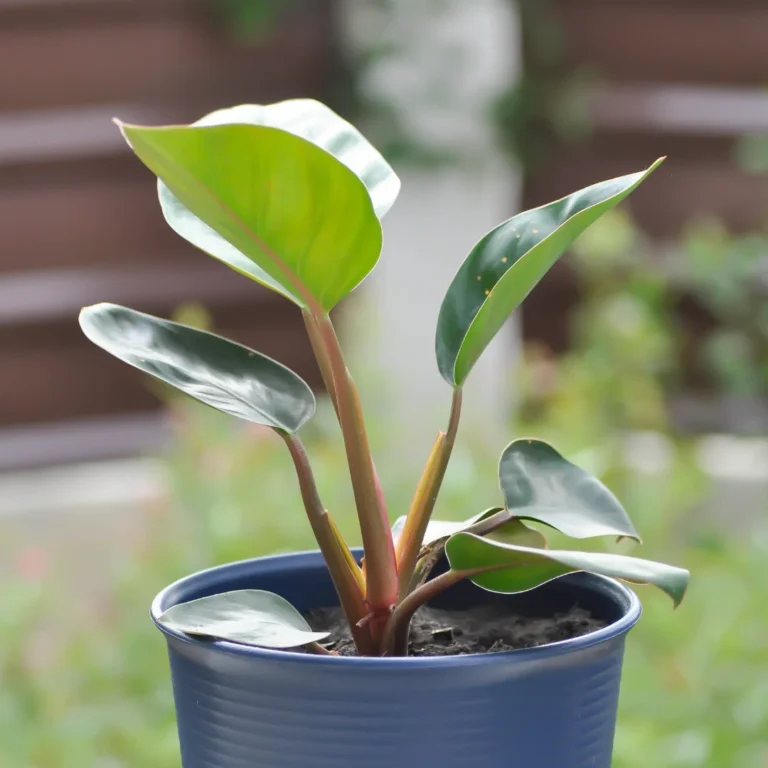

Tips for Philodendron
- Prune the plant once a month, which will encourage new branch growth.
- Mist the leaves to maintain humidity and healthy growth.
- Pinching off the tips of growing stems can stimulate lateral growth and make the plant appear fuller.



